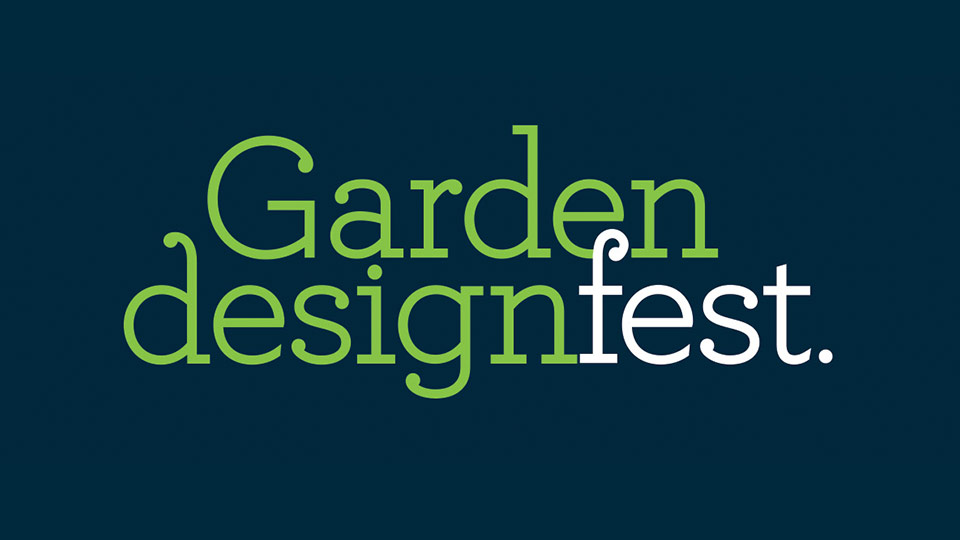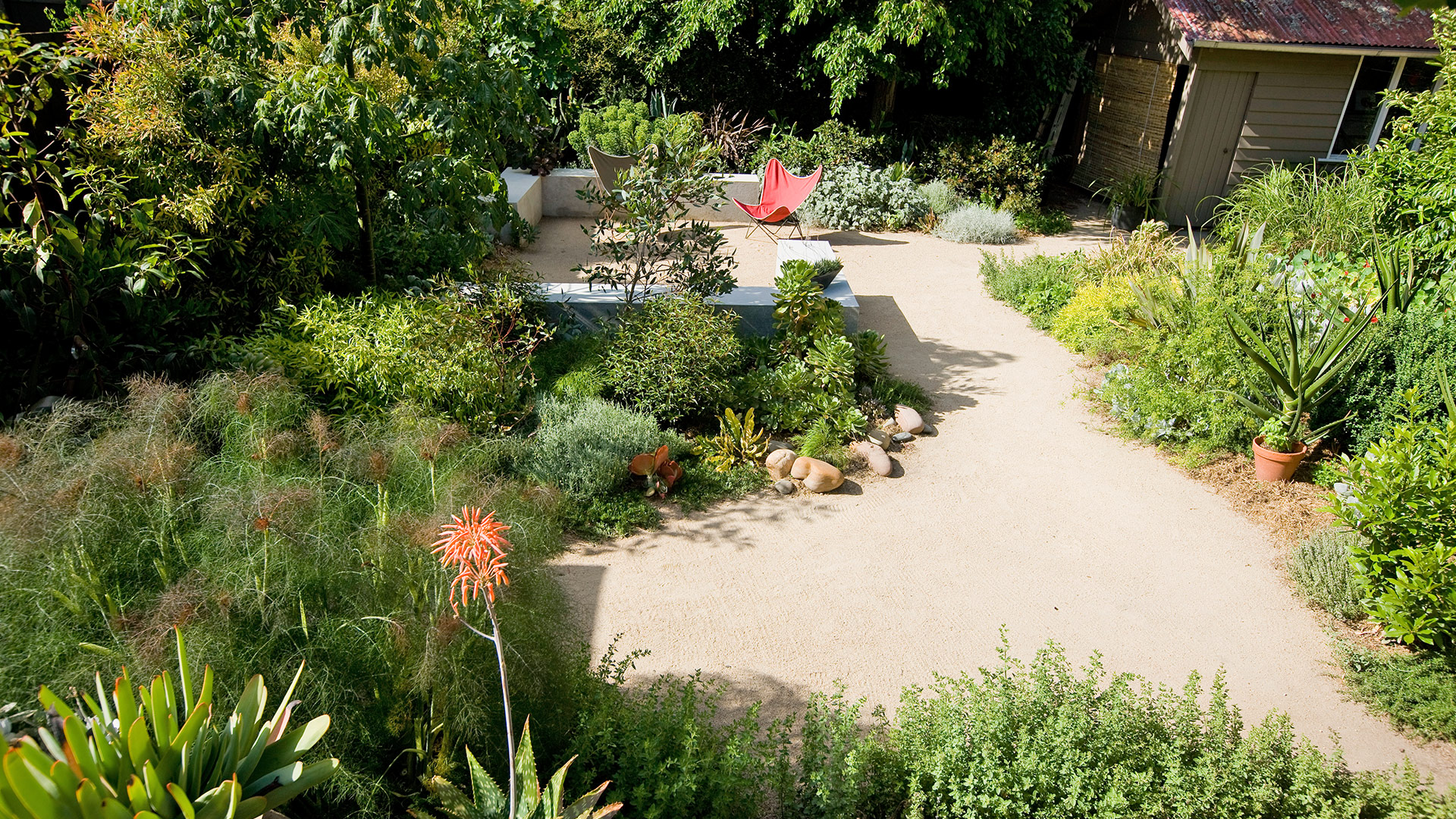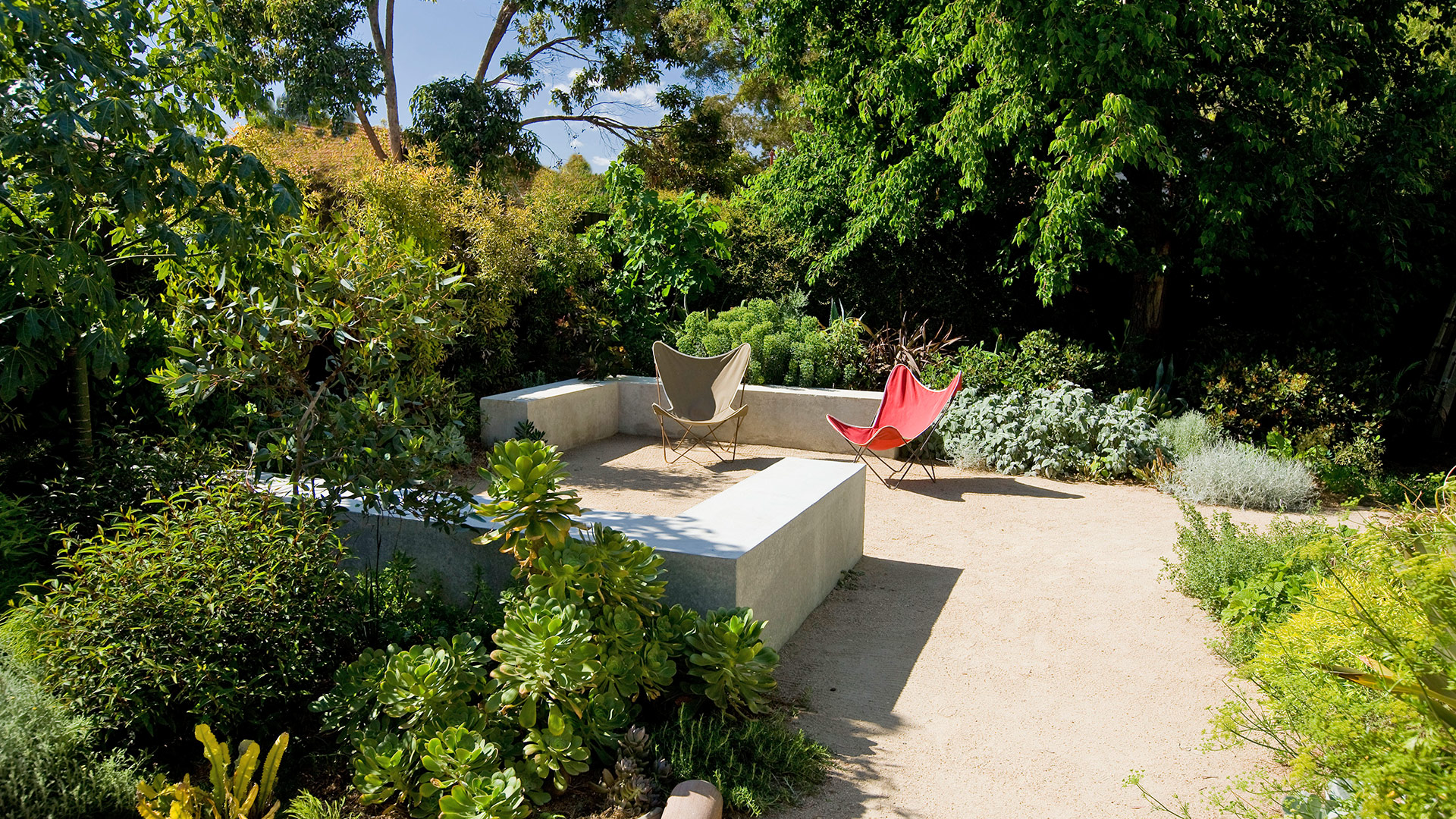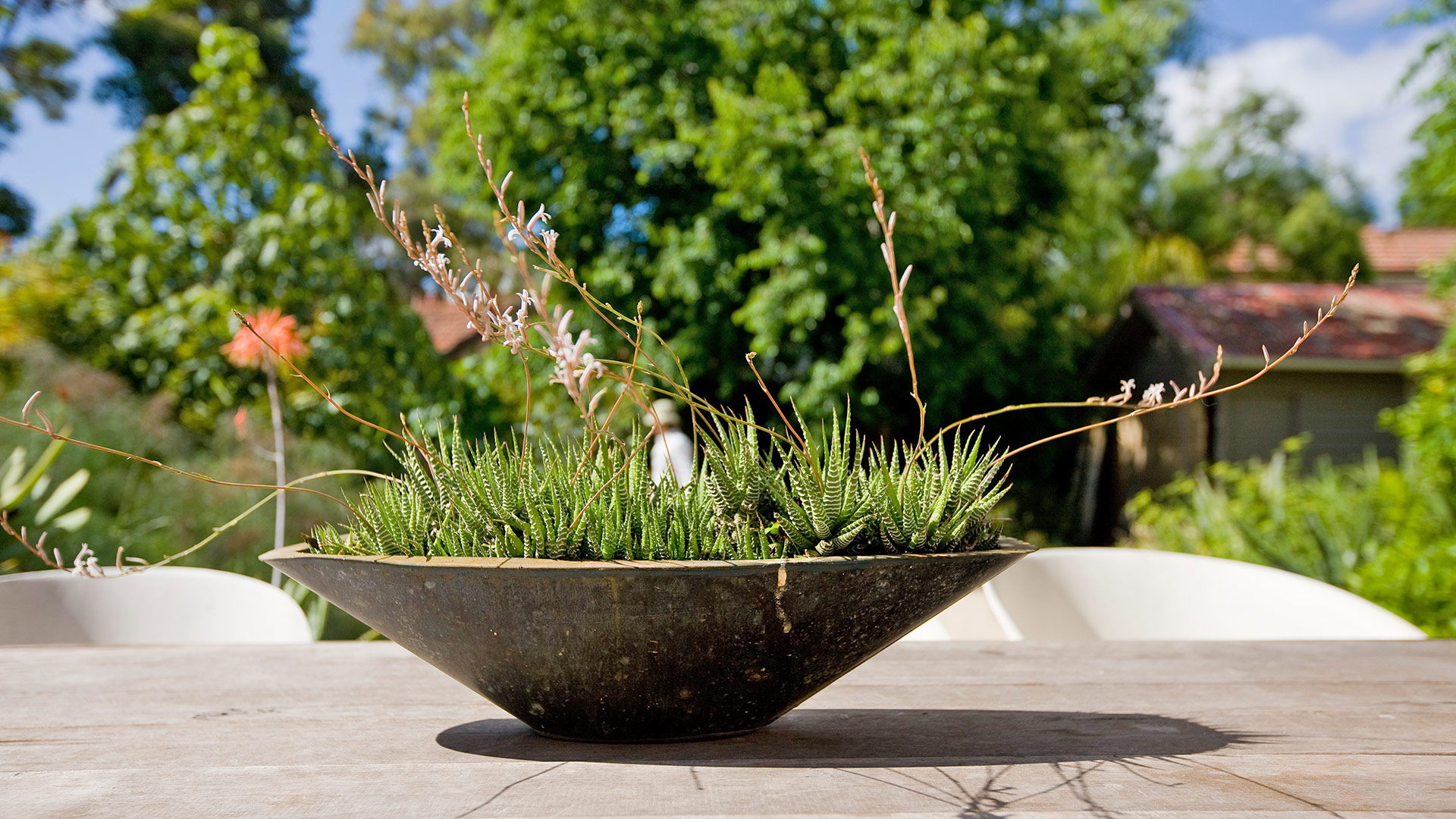This biennial weekend-long event, run by the Rotary Club of Kew, is chaired by well known Melbourne landscape architect John Patrick (also a presenter on ABC TV’s Gardening Australia), and encompasses over twenty-five private gardens across Melbourne and surrounding countryside, which have all been professionally designed.
The purpose of the event is to raise the profile of the charities that Rotary supports; fundraise for these charities; and by means of opening these gardens, to encourage creative, bold, versatile and responsible gardening. All funds raised go directly to the nominated charities which have included: Camcare (supporting families under stress), Breast Cancer Network (informing women and men), Alola Foundation (running support programs for women in East Timor), Friedreich Ataxia (supporting research) and Rotary medical and humanitarian projects.
A lush yet hardy garden with contrasts in texture, form and colour, highlighted by a sculptural entertaining space.
This was an interesting divergence from other design jobs. Bern, being highly visual and creative, and more hands on, asked me to draw up rough sketches of design intent, and provide a planting guide, but had no need for detailed documentation. Her previous work with gardens and her obviously keen eye meant that I was confident that this more cooperative approach could work. In fact, it has been such a successful collaboration that we hope to work together again.
With a large open gravel area, previously an extensive vegetable patch, and a lovely, but unstructured collection of plants, it became clear that the garden needed some repeated elements to bring it together as a whole, particularly to link front and back gardens. A renovation next door motivated reconfiguring the garden to utilise the ‘borrowed’ view towards the other neighbour’s elegant, silvery Eucalypt.
The plan was to redirect the view of visitors to the garden, rather than waiting for trees and high fences to partially address the neighbouring house’s bulk. The garden also needed to be brought across to and integrated with the deck, making a smooth transition between house and garden. We wanted to close up the gravel area, but it was still required for open space/entertaining, so it needed to be given definition and softened with vegetative surrounds. Most importantly, the garden needed to be planned with Melbourne’s climate in mind, with hardy and drought tolerant plants, requiring minimal watering in time.
By designing a pair of sculptural L-shaped concrete benches, an entertaining and lounging area was created which placed the visitor facing towards the lush citrus grove and beyond to the neighbouring Eucalypt. The concrete of the benches worked well to link the existing section of rendered wall beside the deck, and a low wall/bench beside the lemon tree, as well as highlighting the grey tones provided by various plants.
Elements of repetition were provided by using various Euphorbia, Leucophyta brownii, Santolina chamaecyparissus, Cotyledon orbiculata, Cycas revoluta, Rosemary, Bay, Phormium, Correa baeuerlenii, Senecio serpens and Acacia cognata throughout rear and front , linking the two areas. A row of Hakea salicifolia was planted, repeating the hedge element of Rosemary in the opposite garden bed.
Plants were carefully placed to balance form, colour and textural contrast. Silvery grey tones in the Plectranthus, Cotyledon, Santolina and Leucophyta were used to bring the borrowed view of the silver/grey trunk of the Eucalypt down to link at ground level. Correa baeuerlenii contrasts beautifully with Acacia cognata, and Caryopteris shines in contrast with the surrounding Leucophyta and Senecio. There are repeated elements of form in the upward thrust of Phormium, Agave and Aloe providing definition, as with the rounded mounds of various low shrubs, and the sprawling ground cover of prostrate Rosemary and Myoporum parvifolium.
In the front garden, there was a pond which had been overtaken by reeds. The pond was cleared and the fine, feathery form of Cyperus papyrus was used instead, providing a similar light texture and colour to a grove of Ginkgo. These trees were relocated from the rear garden to a more sheltered position near the pond. Some of the Cordylines at the front were removed, allowing the few remaining to provide height and definition to the front entry. Underplanting was done with similar ground cover and shrubby plants to the rear garden to provide rhythm and repetition of form and texture.
Designers: Kate Seddon Landscape Design in conjunction with Bern Olle





